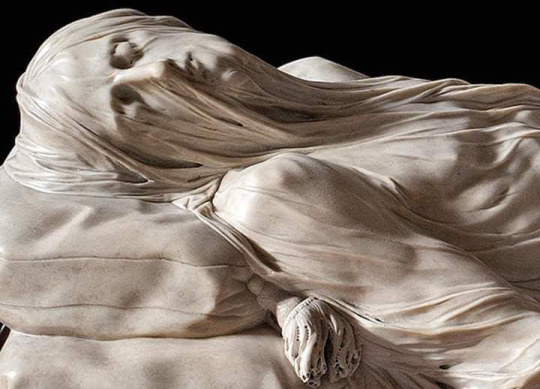#velato
Text
CAPOVOLTO
Parole scoscese
nel ventre maturo
mosse
dal remoto manto di gioventù
Assenze
e tacite ombre
assottigliano il mantice d’andare
velato d’una scia di rondini
assorte nell’inflorescenza d’un petalo nero
informe
capovolto nel cielo
@Silvia De Angelis

View On WordPress
1 note
·
View note
Photo

Il quadro nascosto - work in progress #hiddenpictures #quadronascosto #inlavorazione #velato #pittura #artcollector #artdealers #artsy #artbasel #biennale #minigonna https://www.instagram.com/p/ChPG17NLw40/?igshid=NGJjMDIxMWI=
#hiddenpictures#quadronascosto#inlavorazione#velato#pittura#artcollector#artdealers#artsy#artbasel#biennale#minigonna
0 notes
Text

The Veiled Christ ("Cristo Velato" ) is a sculpture completed in 1753 AD, originally (mis) attributed to Antonio Corradini and considered one of world’s most remarkable pieces of art.
In fact, the great neoclassical maestro Antonio Canova (1 November 1757 – 13 October 1822), who tried to buy the work, said he would gladly give up ten years of his life to produce such masterpiece.
Although Corradini was in fact commissioned with the job in the first place, he died having only produced a clay model for what would later be a definitive piece sculpted in marble.
It was Giuseppe Sanmartino (1720-1793), then, who ended up producing the astonishing sculpture of a dead Jesus, covered by a transparent shroud carved out of the very same marble block shared with the rest of the statue.
Sanmartino’s mastery — the veil covering the figure of Jesus being in fact “transparent” — didn’t only gain him a well-deserved place in the history of Western art but also turned his artwork into the stuff of legend.
Some stories claim Sanmartino covered his sculpture with a linen veil he managed to transform into marble by means of complex chemical-alchemical processes.
Those very same legends would also claim that Raimondo di Sangro, Prince of Sansevero (30 January 1710 – 22 March 1771), commissioner of the sculpture, was himself an alchemist who taught Sanmartino the mysteries of his pseudo-science. Of course, these are but legends.
The statue is today preserved in the Capella Sansevero in Naples, Italy.
#Veiled Christ#Cristo Velato#Antonio Corradini#Giuseppe Sanmartino#Capella Sansevero#sculpture#art#transparent veil#marble sculpture#1700s#18th century#Late Baroque#Rococo period#Rococo
35 notes
·
View notes
Text
Allora amici e amiche, possiamo dire che il racconto del Giappone e dei giapponesi possiamo cominciarlo già.
Venerdì quando sono andata in ambasciata all'entrata c'erano due giapponesi che non sapevano che lingua parlare e allora io e una mia amica gli abbiamo chiesto che lingua parlare perché con noi qualsiasi lingua andava bene.
Allora dopo che gli diciamo che il giapponese era ok sto tipo comincia a fare:"Ma siete in fila?" E io:"Io sì però ho preso appuntamento e sto aspettando" e allora continua e fa:"Eh prima ero nel supermercato e mi hanno rubato il passaporto... Madonna Roma fa paura" la mia amica:"Guarda che a me è successa la stessa cosa in Giappone, mi hanno rubato la borsa con il passaporto dentro" e lui:"Dove?" Lei:"A Ikebukuro (quartiere di Tokyo)" lui:"Eh ma infatti pure Ikebukuro fa paura... piena di cinesi ecc."
Vabbè comunque riesce a entrare e gli danno una cosa che sostituisce il passaporto boh non so. E fa:"Io comunque lavoro a (mo non mi ricordo dove), venitemi a trovare!" (Gli avevamo detto che io sarei arrivata a breve) e poi ci chiede a entrambe il profilo Instagram (che già qua però lo fanno spesso quindi vabbè sti cazzi).
Oggi sto tipo giapponese ha scritto ad entrambe dicendo:"Sono tornato a Tokyo"
....
#eeeee ok statt buon#i giapponesi so strani#questa è la prima dimostrazione che avete#Giappone#ambasciata#mo che cazz c ric a chist#se vedete del razzismo velato avete colto molto bene
20 notes
·
View notes
Text
Sono un intelletto in pena, non riesco a portare avanti una lettura, la mia attenzione negli ultimi mesi è calata di nuovo a picco.
16 notes
·
View notes
Text
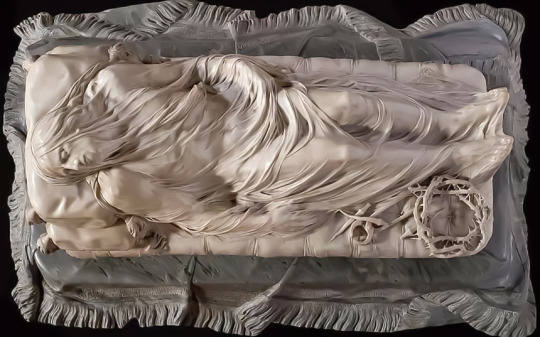
Giuseppe Sanmartino - Cristo velato - (Veiled Christ) - 1753

Details ↕️
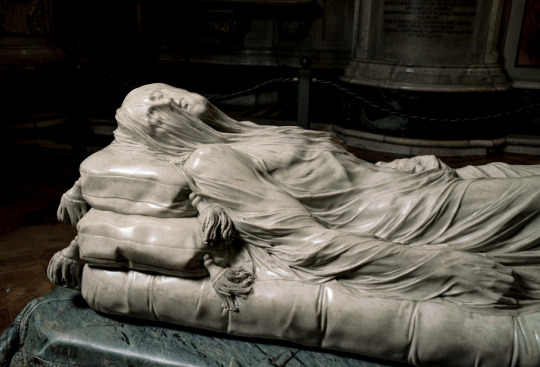


Giuseppe Sanmartino or Giuseppe Sammartino (1720 – 1793) was an Italian sculptor during the Rococo period.
Sanmartino was born in Naples. His first dated (1753) work is Veiled Christ or Christ lying under the Shroud, commissioned initially from the Venetian sculptor Antonio Corradini who did not live to complete the work. Sammartino interpreted his sketches freely to create a masterly sculpture which can be seen in Sansevero Chapel (also called Cappella Sansevero or Pietatella) in Naples. (Below) 🔽

History of the Sanservero Chapel
#Cristo velato#Giuseppe Sanmartino#Sanmartino#veiled Christ#1753#art#sculpture#rococo#italian art#Sanservero Chapel#Cappella Sansevero#naples#Christ
7 notes
·
View notes
Text
Voglio una nuova gola che non bruci come le fiamme dell'inferno oppure non dover andare a lavoro e rimanere a letto fino a ora di pranzo OK GRAZIE
#Più di un'ora e mezza che cerco di convincermi ad alzarmi#E cioè combatto contro questo cazzo di mal di testa + gola infiammata + non sentirsi riposata neanche per sbaglio#Lo scrivo qua per lamentarmi ma anche per mandare a me stessa un messaggio non troppo velato che recita:#MUOVI IL CULO DEFICIENTE
10 notes
·
View notes
Text
vabbè

#forget the cristo velato this is the real gem#im in two minds about this 'ere southern italian city but what i will say is#the urge to write something south italy-y came to me today and that was highly unexpected#and no that is not bc of this statue i just wanted to share a pic while tumblr was feeling nice x#helia in italia
4 notes
·
View notes
Text
Introduction to an Analytical Interpretation of "Saturn in Toga Capite Velato"
In the wide-ranging canon of Roman gods, Saturn has always been a bit of an oddball. He’s connected to the biggest ideas we have time, renewal, destruction but he rarely shows his face in art or texts. That’s what makes the fresco “Saturn in Toga Capite Velato” such a tremendous piece of ancient Roman art. The painting captures Jupiter’s father standing with his head covered and draped in a ceremonial toga, bringing both mystery and reverence to his presence.
But I’m not here to stand in awe (well, not just yet). I want to look beyond the god’s surface-level characteristics and explore what it means for Saturn to be depicted this way how that reflects wider Roman cultural beliefs and practices. Does our understanding of him change once we get past the idea that he’s simply king of time? How do we look at different things when we can no longer see his face?
I’ve chosen “Saturn in Toga Capite Velato” because it is visually stunning and culturally significant within its context. By looking at this specific image, I hope to uncover any hidden meanings behind Saturn’s depiction alone as well as examine how this artwork fits into the overall narrative of Roman art and iconography surrounding him. Doing so will make us more informed about not only its artistic value but also the symbolic dimensions of Saturn: a deity whose influence stretches far beyond what you might first expect from someone who brings good harvests.
The fresco "Saturn in Toga Capite Velato" is a mysterious piece from the first century BCE that combines art, mythology, and daily life. The artwork is part of the House of the Dioscuri located in Pompeii. It shows Saturn, the ancient Roman god of agriculture, wealth, and time with his head veiled while draped in a toga. To analyze this painting one must explore its visual and structural elements as well as its name 'Saturn' etymological roots, which are connected to Saturday.
'Saturday' etymologically comes from Old English Sæternesdæg meaning "Saturn's day." (Harper, 2021) This term derives from Latin dies Saturni referring to the day dedicated to Saturn (Harper, 2021). In Roman mythology, Saturn is not only an agricultural god but also a god of wealth and time. He was associated with planting and harvesting which symbolized cycles of time and change (Harper, 2021).
'Day' itself came from Old English dæg referring to a 24-hour period but also symbolizing periods of light activity and life [(Harper, 2021)]. By incorporating Saturn’s name into a weekday it only adds more cultural and religious significance to his character since it emphasizes his control over time and natural cycles. With these thoughts in mind let's take a closer look at how these etymological meanings reflect onto the artistic aspects of the fresco.
Objective Elements of the Fresco
The color scheme primarily consists of earthy tones which may have originally been vibrant but over centuries they’ve faded away. These colors were likely used intentionally to emphasize both the divine aspect tied to Saturn as well as ancient agriculture. The lines found throughout the fresco are used to outline the draped folds of Saturn's toga as well as the curving sharp edge of his sickle. This contrast brings attention to both aspects of being a creator and destroyer that Saturn represents.
Saturn’s physical attributes are also meant to disguise and protect him. The forms of the flowing toga cover most of his body, yet it still elegantly curves with lines representing harvest and time. From an architectural standpoint, integrating the fresco into the House of the Dioscuri allows inhabitants to experience art in their own living spaces, constantly reminding them that divinity surrounds their daily life activities. Although applying earth pigments on wet plaster ensures longevity, it leaves the artwork vulnerable against environmental damages overtime affecting its preservation.
Composition and Interaction with Viewers
The fresco’s composition is visually captivating and ensures all eyes are on Saturn. The positioning of the figure slightly off-center with a veiled head and sickle creates a strong focal point. A viewer’s gaze will immediately be drawn to him. Despite its minimal background, the arrangement still maintains a good balance. One side carries more weight than the other, but this asymmetry doesn’t make it any less engaging.
The veil that covers his face (capite velato) and the sickle in his hand are contrasting yet complementary elements. The veil represents hidden knowledge and secrecy while the sickle represents power over life and death. These two contrasting symbols will likely cause viewers to feel a range of emotions like awe or curiosity about who he is under there. If you’re familiar with Roman culture, you might even recognize these symbols from Saturnalia, a festival they celebrated that let society go haywire as an act of liberation.
Saturn is unmistakable against his bare surroundings. While time has likely taken some detail away, it’d be easy enough for us to fill in those blanks based on what we know of Roman clothes and symbols. And by keeping everything near him so close together we can understand that they are important to him.
On Time, Renewal and Destruction
The theme of time is central to understanding Saturn’s role in Roman mythology as he was both creator and destroyer. This fresco isn’t just art for art's sake though; it serves a devotional purpose too by being so heavily symbolic which was typical of their culture at large. It also illustrates the skill of Roman artists who could create something decorative but also rich with meaning and themes from everyday life.
In other words, "Saturn in Toga Capite Velato" is filled with meaning beyond its visual representation.. We can understand how deeply these messages ran by examining things like visuals or where certain words came from etymologically. Just a look at this fresco will remind us of our ability to make and appreciate art, but it will also push us to think about time and change on a higher level. This artwork is drenched in themes that connect humans to the divine so we can always pay reverence, no matter what generation you belong to.
Mathematical Interpretation of the Fresco: Saturn as a Symbol of Abundance (A)
In Roman mythology, Saturn was associated with wealth, agriculture, and prosperity. His depiction here shows him draped in a large toga which gives an air of dignity but mostly bountifulness. It’s usually only worn by people who are well-off or have high status so this reinforces his connection to being loaded.
The Role of Sacrifice (S)
Saturn’s sickle is a symbol of harvest the sacrifice that has to be made in order for crops to grow. The tool, though it means prosperity, also embodies destruction that comes before construction. In the context of this fresco, the sickle’s prominence demonstrates how sacrifice is essential for abundance.
Time's Influence
Saturn’s veiled head, or ‘capite velato’, illustrates time’s mystery and reverence. In Roman philosophy, time can be constructive and destructive; it promotes growth just as it does decay. Likewise, Saturn is both a benefactor and destroyer. By placing Saturn in the way it did, the fresco visually shows balance between these two aspects of time.
Through the concrete contextual evidence we can infer that these Symbols in this artwork, A × S/T, which is Abundance × Sacrifice divided by Time, can be dissected and understood through elements:
When it comes to “Abundance x Sacrifice” this is evidenced by the Toga itself representing abundance while sickle represents necessary end before renewal creating a point of focus in the picture. It emphasizes that true abundance isn’t just about gaining more but also understanding the circular nature of gain and loss.
When it come to“Abundance x Sacrifice” being divided into “Time”, this evidenced Saturn’s veil illustrates and the way time acts as both a blockage and a moderator. Immediate satisfaction will never come because understanding requires patience for nature and life cycles to unfold on their own. So while sacrifice seems harsh at first glance, time softens its blow and extends abundance in sustainable ways.
The way "Saturn" Related to Roman Society
Beneath its religious exterior or decorative look, this fresco serves as daily reminder of balance between abundance, sacrifice and time within Roman society. It isn’t simply some mythical figure; it symbolizes principles required for communal success especially within agriculture dependent communities.
Insights from “Saturn”
“Saturn in Toga Capite Velato” encapsulates an almost algebraic wisdom in its imagery. A×S/T offers a structured interpretation of how Romans may have understood their world and the factors that governed it. This artwork, rich in complexity and symbolism, invites viewers to think beyond its artsy quality and truly contemplate the everlasting interplay between abundance, sacrifice, and time. In doing so, this fresco speaks to humans’ timeless endeavor of finding balance and meaning within cyclical nature of life.
Within the cognitive and conceptual frameworks, Saturn, and within both myth and planetary symbolism, encompasses themes of time, harvest, and retribution. Here, Saturn serves as a metaphor for the overarching control of these elements over human affairs. By using cognitive theories like those of Lakoff and Johnson (1980), Saturn can be seen as a container for concepts of time (T), abundance (A), and sacrifice (S).
Abundance (A)
From a metaphorical understanding, abundance often symbolizes wealth, growth, and prosperity. In cognitive terms, abundance can be seen as a source domain for feelings of security and success. When it comes to our cognitive processing, the metaphor itself is liked to increased cognitive emotion of fulfillment and satisfaction, which are crucial for human motivation as described in theories by Damasio (1994).
Sacrifice (S)
The natural outcome to emotional and psychological impact are profound. Sacrifice is deeply emotional and is often associated with loss and pain, but also with greater good and future gains. This duality can be analyzed using Pinker’s framework (1994), wherein language taps into these deep-seated emotional responses. Like our rule-based comprehension consciousness, or our understanding that sacrifice involves cultural and societal norms, which are learned and internalized, as discussed by Tomasello (2003).
Time (T)
There is a conceptual blending and temporal reasoning, when it comes to understanding the full meaning of time and in this equation, time acts as a moderator and is a complex blend of past experiences and future anticipations. Turner’s conceptual blending (1996) provides a framework for understanding how time can dilute immediate impacts and extend the influence of actions and decisions over longer periods.
The Equation Reimagined: Saturn = (Abundance x Sacrifice) / Time
Integrated Cognitive Equation: (A x S)
This product represents how abundance maximized ️ sacrifice interact to create outcomes. It’s not merely additive; it’s synergistic Gibbs' idea (1994) of cognitive blending, where two concepts merge, fits this perfectly.
/ T
Dividing by time suggests that the effects of abundance amplified by sacrifice are spread over time, moderating and extending their influence and our understanding of abstract concepts involve metaphorical thinking, so this aligns with many cognitive theories.
Synthesizing It All
This reimagined equation using cognitive linguistics not only provides a deeper insight into the symbolic representation of Saturn but also illustrates how complex ideas are processed, blended, and understood in human cognition. The analysis shows how metaphorical and conceptual thinking are crucial in making sense of complex relationships and abstract concepts similar to the phrases analyzed earlier using similar frameworks. This approach bridges classical symbolism with modern cognitive theories, enriching our understanding of both.
The Significance of Cognitive Linguistics as It Relates to Saturday and Humanity
The fresco "Saturn in Toga Capite Velato," unearthed from the ruins of Pompeii serves as a testament to ancient Roman aesthetics and a glimpse into their way of life. On another level however it can be seen for what it really is: a complex symbol (an equation even!) that ties itself deeply with the elements abundance (A), sacrifice (S), and time (T). We’ll be looking at the artwork through that perspective today; Saturn representing the balance these three elements make up: abundance multiplied by sacrifice divided by time.
As our deep dive into the metaphorical and cognitive understanding of language on a Saturday comes to an end, it’s clear that this study has major implications for human comprehension and interaction. By considering how we process time and other concepts through the lens of language, we can gain a better understanding of how humans think. This knowledge is key in all areas of life from education to interpersonal communication (Lakoff & Johnson, 1980).
Learning about the symbolic meaning behind Saturday using concepts from cognitive linguistics expands our thinking and emphasizes the importance of metaphorical thought in everyday life (Lakoff & Johnson, 1980). Recognizing this will help us improve communication overall. By getting a grasp on what’s happening in people’s minds when they speak or write, we can foster better interactions with those around us. These insights will also allow us to get inside students’ heads in order to create curriculums that are more engaging and thus more effective (Gibbs, 1994). And let’s not forget about technology! Understanding the way people use language will lead to improvements in things like natural language processing within AI (Turner, 1996).
Taking everything into consideration shows us just how important cognitive linguistics is. Reflecting on these studies doesn’t just give us a deeper grasp on something as concept-heavy as Saturday; it shows us how this field could help advance human understanding and society as a whole.
References
Harper, D. (2021). Online Etymology Dictionary. Retrieved from https://www.etymonline.com
Damasio, A. (1994). Descartes' Error: Emotion, Reason, and the Human Brain. Putnam Publishing
Gibbs, R. W., Jr. (1994). The Poetics of Mind: Figurative Thought, Language, and Understanding. Cambridge, UK: Cambridge University Press.
Lakoff, G., & Johnson, M. (1980). Metaphors We Live By. University of Chicago Press.
Pinker, S. (1994). The Language Instinct: How the Mind Creates Language. New York, NY: William Morrow and Company.
Pinker, S. (1999). Words and Rules: The Ingredients of Language. Basic Books.
Tomasello, M. (2003). Constructing a Language: A Usage-Based Theory of Language Acquisition. Cambridge, MA: Harvard University Press.
Turner, M. (1996). The Literary Mind: The Origins of Thought and Language. Oxford University Press.
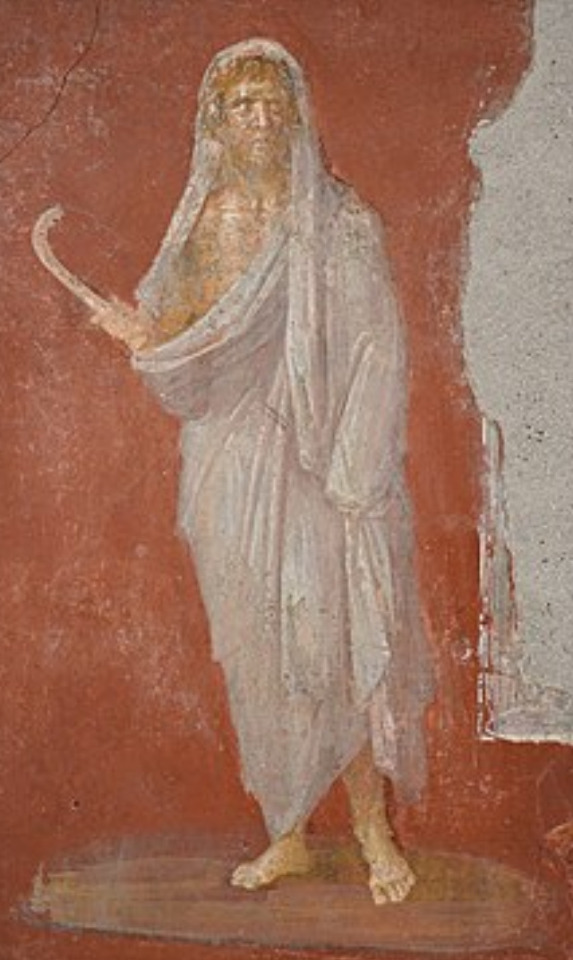
0 notes
Text
Back in Naples - weeks before Covid -soon we were all told to stay home.
On the 6th January 2020 I returned to Naples not realising it was going to be my last foreign journey anywhere for two years. On 31st January two Chinese tourists in Rome were tested positive for the Covid virus and the Italian government declared a state of emergency. The first case of Covid was documented in the UK that day too, followed by a series of lockdowns beginning in March.
Soon we…
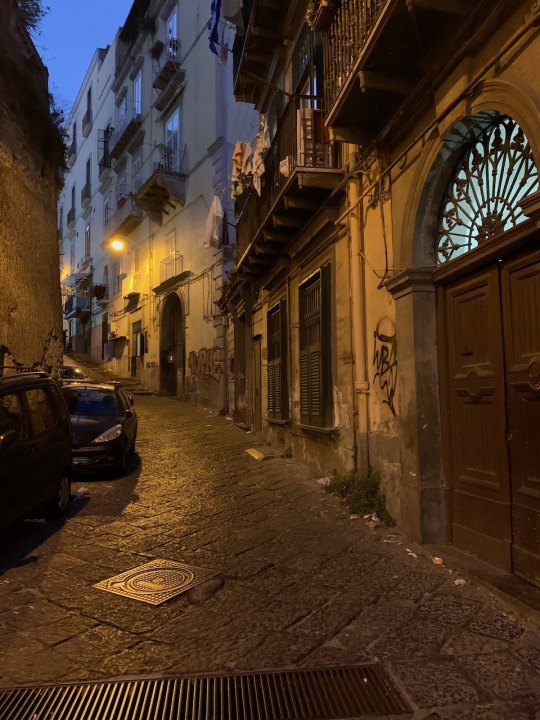
View On WordPress
#Cappella Sansvero Naples#Caravaggio#Church of Pio monte della Misericordia Naples#covid#Cristo Velato#Doryphorus#Farnese Atlas#Farnese Bull#Farnese Hercules#Farnese marbles#Farnese Runners#Giuseppe Sanmartino#Italian holidays#Italy#Museo Archeologico Nazionale di Napoli#naples#National Archaeological Museum Naples#Polykleitos#Raphael#sculpture#statues#The Veiled Christ#Titian
0 notes
Text
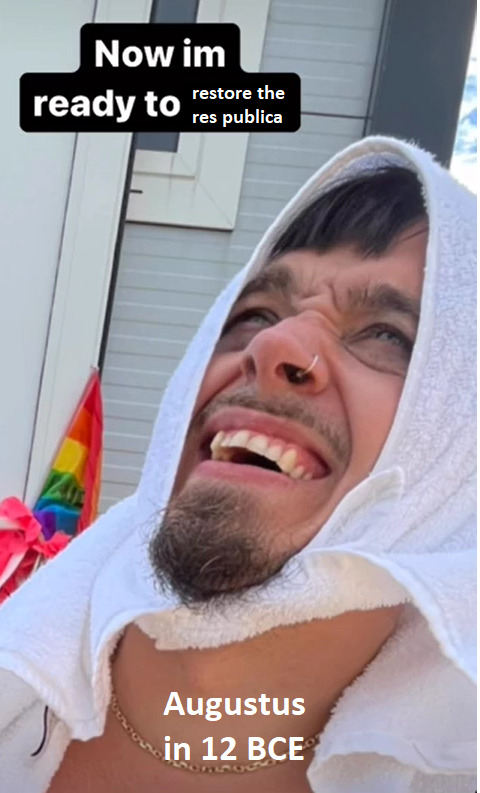
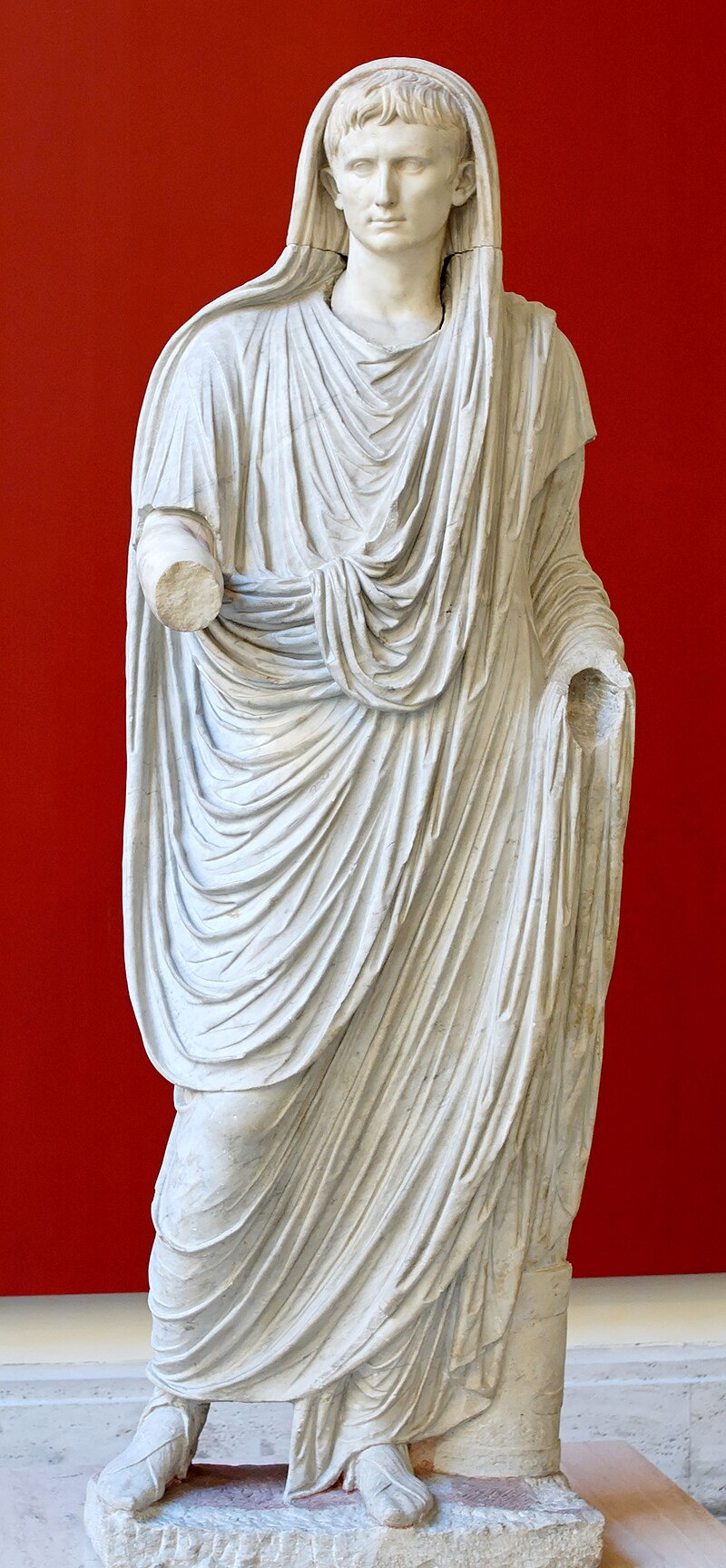
corporate wants you to point out the differences between these two pictures. (they're the same picture.)
#i hope you all are enjoying my final descent into madness#augustus#capite velato#pontifex maximus#kaarija#jere#roman history
0 notes
Text
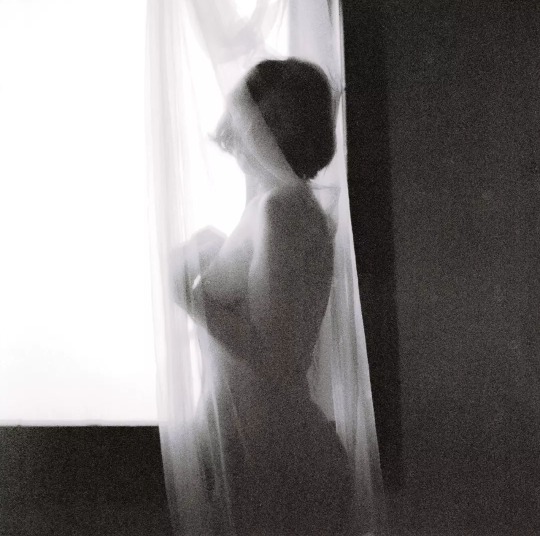
Roberto de Mitri
Volto di Luna nel Cielo Velato
228 notes
·
View notes
Text
QUESTA È UNA STORIA CHE NON SO COME COMINCIARE A RACCONTARVI
È una storia triste con un finale velato di speranza che però non riesce a diminuire in me la tristezza, visto che è troppo spesso ripetuta ovunque nel solito loop di solitudine e sofferenza.
Non a caso ho deciso di raccontarla solo adesso e a taluni potrà sembrare che io mi voglia agganciare furbescamente al trend 'femminicidio' e con questo post fare virtue signaling.
Tutt'altro, credetemi.
Questa storia parla del coraggio di una ragazzina di 20 anni, l'unica reale protagonista, mentre noi come famiglia, semmai, abbiamo avuto solo il merito di essere al posto giusto al momento giusto.
Ricordate questo: AL POSTO GIUSTO AL MOMENTO GIUSTO e poi nella chiusa a questo post capirete.
Anche se dubito fortemente che conosciate lei o siate venuti a sapere della sua storia, per un mio senso di riservatezza cambierò molti particolari, senza però far perdere mai il senso di quanto accaduto.
Mia figlia piccola aveva una compagna di studi con la quale era rimasta in contatto anche dopo la maturità e una sera questa ragazza è venuta a cena a casa nostra, su strana insistenza di nostra figlia perché era già tanto tempo che non si vedevano, tranne qualche messaggio con cui lei la teneva informata sullo stato di salute del fratellino di 7 anni, affetto da una forma aggressiva ma curabile di leucemia.
Avevamo capito che era successo qualcosa e infatti questa ragazza, durante la cena, ci confida che lei, la madre e, soprattutto, il fratellino sono da anni vittime di maltrattamenti psicologici e fisici a opera del padre.
E noi, su insistenza di nostra figlia che è riuscita a convincerla, siamo state le prime e uniche persone alle quali trova finalmente la forza di dirlo, visto che il padre aveva costretto la madre a chiudere i contatti con ogni parente e cerchia di amici.
Erano sole, la madre non lavorava e tutti dipendevano da un unico stipendio, quello del padre, che inoltre decideva quando e quanto potessero uscire di casa.
Una storia di abusi familiari come tante, solo che invece di sentirlo in un telegiornale ce le stava raccontando di persona una ragazzina smilza e che sorrideva triste per l'imbarazzo.
E poi ho visto gli occhi di mia figlia, pieni di rabbia e indignazione ma scintillanti anche di qualcos'altro... speranza, anzi, convinzione che noi potessimo aiutarla.
Con un peso enorme nel cuore, le abbiamo allora parlato tutta la sera, l'abbiamo consolata, consigliata e spronata a fare quello che la madre non aveva più la forza di fare: denunciare ai carabinieri e rivolgersi a un centro antiviolenza.
E mentre lei piangeva lacrime di gioia per aver finalmente trovato qualcuno con cui aprirsi, le arriva un messaggio wathsapp sul telefono con una foto.
Una foto da suo fratello.
Che si era fotografato il naso.
Rotto e sanguinante.
E il messaggio sotto diceva 'Papà ha picchiato la mamma e poi me. E poi se n'è andato'.
Un bambino di 7 anni con la leucemia che deve andare a fare la chemio due volte a settimana.
A vederlo scritto pare assurdo pure a me, una di quelle brutte sceneggiature per una fiction rai in prima serata ma il fatto era che stava succedendo di fronte ai nostri occhi e non so come io sia riuscito a non prendere una delle mie asce appese al muro per andare schiantarlo in due come un ceppo marcio.
Lei, però, non si scompone più di tanto e ci dice 'Adesso vado. Ci penso io' con un tono che nascondeva stanchezza e abitudine... ma forse anche qualcos'altro di nuovo.
Vent'anni anni e ci pensava lei, quando noi - cinquantenni - eravamo solo riusciti a dire delle belle parole, tutto sommato inutili.
Prende ed esce, con noi che le andiamo dietro urlandole di chiamare subito i carabinieri e cercando di andare assieme ma lei sembra essere molto decisa, finché le luci posteriori della sua macchina non scompaiono nella notte.
Minuti, decine di minuti e poi ore ad aspettare notizie, senza conoscere il suo indirizzo e senza sapere dove mandare qualcuno a controllare.
Poi squilla il telefono. È lei. Ci racconta che quando è arrivata a casa ha subito controllato che non ci fosse la macchina del padre, è entrata e ha chiuso la porta da dentro lasciandoci le chiavi sopra. E quando il padre, ore dopo, ha provato a entrare e, non riuscendoci, ha cominciato a dare in escandescenze, ha chiamato i carabinieri dicendo loro che aveva picchiato la madre e il fratello.
Carabinieri che, ovviamente, lo hanno beccato mentre prendeva a calci la porta di un appartamento con dentro una donna e un bambino sanguinanti per le botte ricevute.
Nonostante tutto, quella notte non siamo riusciti a dormire.
Il giorno dopo mi arriva un audio su whatsapp (le avevo dato il mio numero per emergenza) e per quanto forse avrei potuto postarvelo qua per farvelo ascoltare, preferisco trascrivervelo
'Ciao, sono E. Ti volevo dire che ieri sera siamo stati al pronto soccorso e io ho insisitito con i medici che facessero tutte le foto a mamma e L. e che poi chiamassero la polizia che c'è dentro. L. è stato coraggioso e ha raccontato tutto, poi anche mia mamma ha trovato il coraggio di parlare. Ora stiamo andando al centro antiviolenza di Parma così ci aiutano con gli avvocati e magari ci trovano anche un altro posto dove andare. Io vi volevo ringraziare perché per la prima volta in vita mia mi sono sentita in una famiglia vera che capiva il mio dolore e la mia paura e con voi ho trovato la forza di parlare. Grazie di essere così meravigliosi'
Io ogni tanto ascolto quell'audio e poi le telefono per sapere come va. Lo ascolto perché, vedete, non mi sembrava che avessimo fatto chissà che cosa ma il tono della sua voce diceva tutto il contrario.
E allora mi sono ricordato di quella vecchia storia del ragazzino con la gamba rotta al quale ho fatto compagnia mentre aspettavamo l'elisoccorso e di come i genitori, mesi dopo, mi hanno riconosciuto in mezzo alla folla e mi sono venuti ad abbracciare come se gliel'avessi riattaccata, quando io mi ero limitato solo a rassicurarlo in attesa dei soccorsi.
Però ero al posto giusto al momento giusto.
Quel posto e quel momento, però, che non sono e non accadono mai a caso alla persona che sa cosa sia la sofferenza.
Se questo mondo non vi ha reso cattivi - e se siete arrivati a leggere fin qua non solo non siete cattivi ma anzi molto pazienti - allora avrete capito che il posto giusto al momento giusto è quello in cui siete ora, nello stesso frammento di tempo in cui decidete di spostare gli occhi dal centro del vostro dolore personale alla consapevolezza di quello degli altri.
Come non mi stancherò mai di dire, una mano protesa salva tanto chi la stringe quanto chi la tende.
216 notes
·
View notes
Text

Quando avrete la possibilità di visitare la Cappella Sansevero di Napoli, provate a non rimanere ipnotizzati dal "Cristo Velato" di Sammartino (lo so, è quasi impossibile).
Perché basta alzare lo sguardo per rimanere incantati anche dal "Disinganno" di Queirolo.
50 notes
·
View notes
Text

Bust of Marcus Agrippa. As it had been found on Capri, it was first identified as Emperor Tiberius but scholars are now inclined to think it portrays Agrippa (who was Tiberius' father-in-law during his life). The fold of the toga over his head is called Capite Velato ("with covered head") and it establishes that he is depicted as a priest in this portrait.
#marcus agrippa#ancient culture#ancient rome#roman empire#ancient history#ancient art#julio claudian dynasty#ancient civilizations#ancient civilisations#capri#emperor tiberius#statue#bust
62 notes
·
View notes
